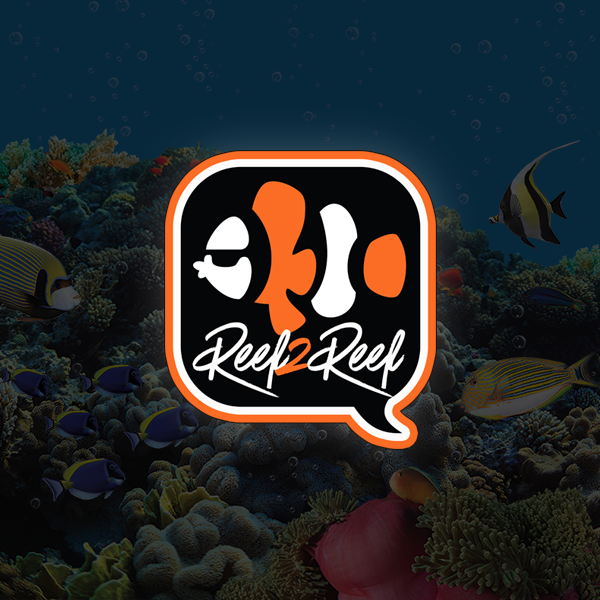Anyone have any luck keeping a group (5-7) Black Axil Chromis or Blue/Green Reef Chromis?
Anyone know if the Black Axil Chromis is "better" as a group in an aquarium than the Blue/Green Reef Chromis?
Would really like to have them - but from everything I have heard, read, and seen on YouTube, etc. about the Blue/Green Reef Chromis - they don't seem to last long in a group as they kill each other off.
The tank is 87" L x 30" W (255 gallons) and "medium" stocked - so they will have a lot of room...
Anyone know if the Black Axil Chromis is "better" as a group in an aquarium than the Blue/Green Reef Chromis?
Would really like to have them - but from everything I have heard, read, and seen on YouTube, etc. about the Blue/Green Reef Chromis - they don't seem to last long in a group as they kill each other off.
The tank is 87" L x 30" W (255 gallons) and "medium" stocked - so they will have a lot of room...















